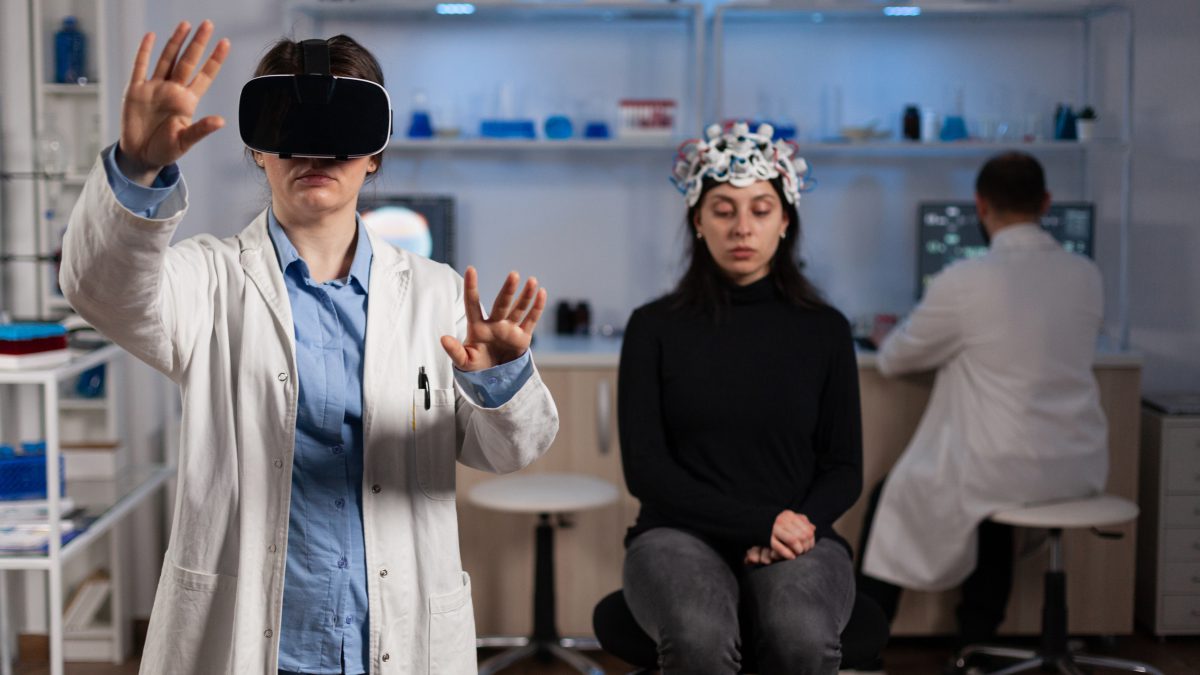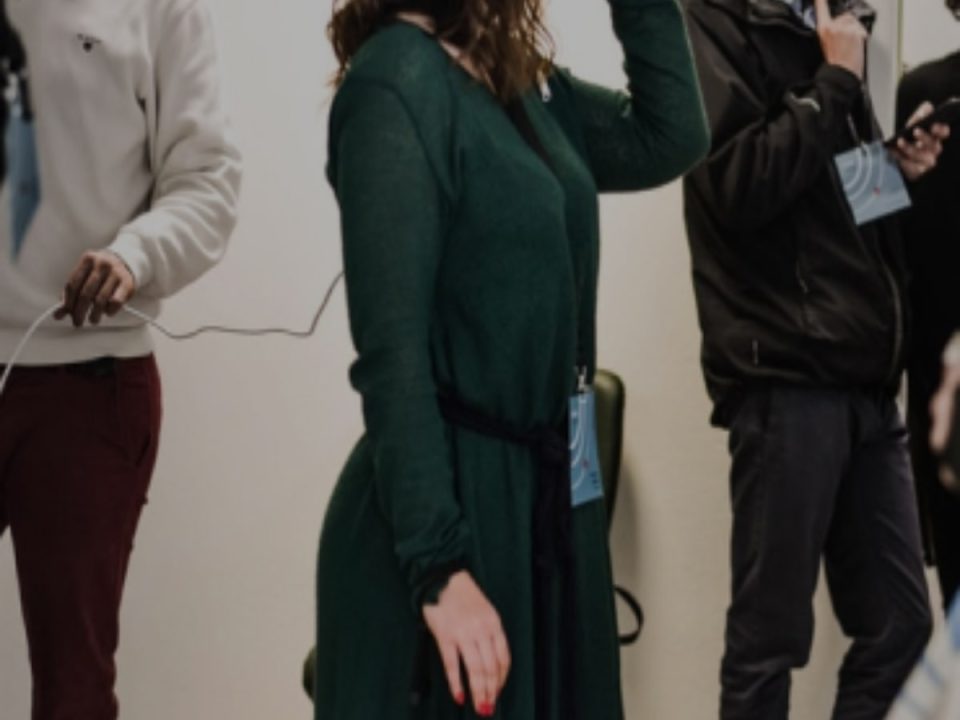The advent of Augmented Reality (AR) and Virtual Reality (VR) technologies has marked a new era in nursing education, introducing innovative methods to train the next generation of nurses. These immersive technologies offer interactive and engaging learning experiences, providing students with the opportunity to practice clinical skills, understand complex medical conditions, and simulate real-life patient interactions in a safe and controlled environment. This article explores the transformative impact of AR and VR on nursing education, highlighting their benefits, challenges, and the future direction of high-tech training in the nursing field.
Transforming Nursing Education with AR and VR
The integration of AR and VR into nursing programs aims to bridge the gap between theoretical knowledge and practical application, a critical aspect of nursing education. These technologies enable students to visualize and interact with anatomical models, understand the mechanics of the human body, and practice procedures without the need for physical presence in a clinical setting.
VR in Clinical Simulation
VR simulators immerse nursing students in a 360-degree virtual environment, where they can experience various clinical scenarios ranging from routine assessments to emergency responses. This hands-on approach allows students to hone their decision-making and critical thinking skills, crucial for patient care. VR simulations can replicate diverse healthcare settings, including hospitals, clinics, and community health environments, providing a comprehensive training platform that prepares students for real-world nursing challenges.
AR for Interactive Learning
AR technology enhances the physical world with digital overlays, making it a powerful tool for interactive learning. Nursing students can use AR-enabled devices to project detailed anatomical models onto their surroundings, offering a deeper understanding of physiology and pathology. AR applications can also guide students through complex procedures step by step, displaying instructions and cues over the real environment, thereby improving their procedural skills and confidence.
Advantages of AR and VR in Nursing Education
- Improved Engagement and Retention: AR and VR create compelling learning experiences that captivate students' interest, leading to better engagement and retention of information.
- Safe and Controlled Environment: These technologies provide a risk-free platform for students to practice and make mistakes, an essential part of the learning process.
- Access to Diverse Scenarios: Nursing students can be exposed to a wide variety of clinical situations, including rare and complex cases, enhancing their adaptability and preparedness.
- Standardized Training: AR and VR ensure consistent training experiences, standardizing the quality of education across different institutions and geographies.
Challenges and Considerations
Despite the clear benefits, the incorporation of AR and VR into nursing education faces several challenges:
- Cost and Accessibility: The initial investment for AR and VR technologies and ongoing content development can be significant, potentially limiting access for some institutions.
- Technology Integration: Seamlessly integrating these technologies into existing curricula and ensuring that faculty are adequately trained to use them effectively presents logistical challenges.
- Technical Issues: Potential technical glitches and the need for regular updates can disrupt the learning process and detract from the overall educational experience.
- Balancing Traditional and High-Tech Methods: It's crucial to maintain a balance between innovative and traditional teaching methods to ensure that students gain a comprehensive education.
The Future of Nursing Education
As AR and VR technologies continue to evolve, their application in nursing education is set to expand, offering even more realistic and interactive training experiences. Future developments could include more sophisticated simulations incorporating artificial intelligence (AI) for dynamic learning scenarios, wearable technology for hands-on practice in any setting, and collaborative virtual spaces for team-based learning and simulation.
Moreover, the increasing accessibility and affordability of AR and VR equipment will likely democratize high-tech training, making it an integral part of nursing education globally. The ongoing collaboration between technology developers, educational institutions, and healthcare organizations will be vital in driving these advancements, ensuring that nursing students are equipped with the knowledge, skills, and confidence to meet the healthcare challenges of the future.


